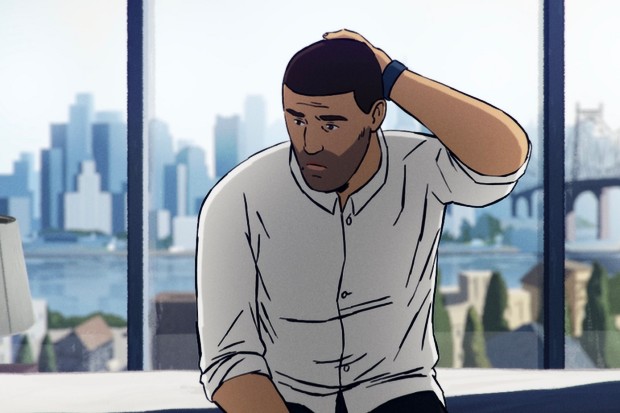In the face of injustice, how do New Yorkers react? What issues do we respond to? How do we make sure we’re heard? Is unity possible amidst our countless differences? These are just some questions that are proposed and answered in the exhibit Activist New York at the Museum of the City of New York. Activism has always been an important part of NYC’s history, as it is the grounds for many social justice movements, however, this aspect has been largely ignored in art and film set in the city. This exhibit fills that gap by ensuring that ever-evolving problems in history become a part of collective public memory.
Although the exhibit has been on view for ten years, the way it’s designed has allowed for it to be a timeless exhibit, changing how we interact with the past and the present frequently. Fourteen different moments in activism are highlighted at a time, following seven themes: immigration, gender equality, political and civil rights, religious freedom, environmental advocacy, and economic rights. It is created to be easily taken apart and replaced, which I think emphasizes the perpetual cycle of injustice that occurs in the world. Each issue has its own booth, which takes on a mixed-media approach with the use of artifacts, documents, images, artwork, and interactive videos from both the past and present. I liked the mixed media, feeling it connects to how everyone in NYC is unique and diverse but is able to come together for common goals. The use of media may be overwhelming to look at first, as everything is begging for your attention, however, it really captures the essence of what responding to inequality is like. Visitors are even asked to upload moments of activism as they leave, inspiring future booths and allowing the exhibit to be from the people.
I enjoyed the exhibit’s exploration of NYC as a home, starting with two signs in conversation with each other. The first sign says “This is stolen Lenape land” from the Queer Liberation March in 2022, which is an actual sign carried during the protest. The sign itself questions what it means to be queer on stolen land, a land that was deemed to have freedoms for all but the native population. Below it is a sign saying “Our Streets,” one of many posters created by homeless men who temporarily relocated from shelters to hotels in the Upper West Side during the first phase of COVID-19. This was a highly contested move, with many people against this use of higher-end hotels, while others thought it best to minimize the impact of the virus. Amidst all this, the men claimed the streets, asserting their presence as human beings. I thought these two pieces engaged in a silent conversation, nodding to displacement and colonization, reflecting the resilience and adaptability of marginalized communities in times of crisis. This invites us to draw connections between different social justice issues, whether it be reclaiming stolen indigenous land or the ongoing debates on how to handle homelessness. It opens the exploration of power dynamics, social activism, and complexities surrounding issues of justice and equality which are presented in other parts of the exhibit.
In the same section, a small suitcase decorated with stamps and letters on it sits in a glass case. This suitcase was also a part of a larger project, this time by the New Sanctuary Coalition, during a July 2018 protest about deportation. The organization, which is dedicated to aiding immigrants facing deportation or detention, prompted activists to pack a 25-pound suitcase for loved ones who were about to get deported. This interactive experience at a protest allowed participants to engage on a personal level with the emotional weight carried by individuals forced removal from their homes, creating a connection between the protestor and the victims. The letters pasted on the suitcase are copies of letters by constituents of the New Sanctuary Coalition, filled with their stories, demands, and feedback. I think it’s interesting how although the suitcase is meant for someone being sent away, the words written on it are meant for someone completely different. This is just like how oftentimes, those who contest issues are so far from the reality of experiencing them. The suitcase serves as a tangible link between the broader theme of the exhibition and the lived experiences behind it. Its presence invites viewers to reflect on the human aspects of these struggles and underscores the importance of empathy. All three of these pieces contribute to understanding the multifaceted dimensions of advocacy, and allow the viewer to question who has the authority to decide where someone’s home is.
This exhibit stood out to me due to its ability to spark critical engagement because it prompts us to explore issues, dissect them, and explore their intersections. The contested nature of the presented social movements, despite the unity portrayed, serves as a reminder that the city’s struggles persist, shaped by evolving narratives and ongoing debates. I can’t stop thinking about how as always, we’re curating our history by choosing what should be shared in institutions like this, and excluding the ones that don’t meet certain standards. Depending on who’s in power, the narrative is changed and told differently. Just as the exhibit did, we need to incorporate diverse voices and perspectives in shaping a more inclusive and accurate portrayal of our shared history.




